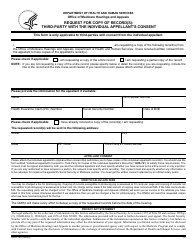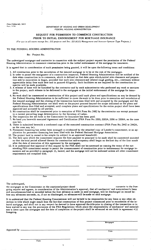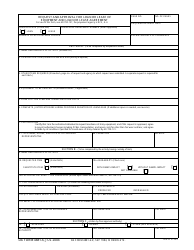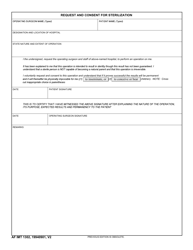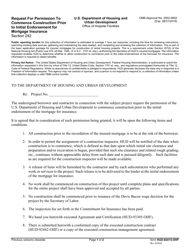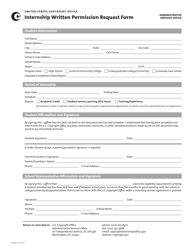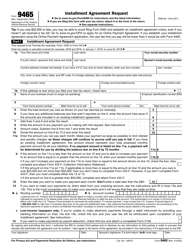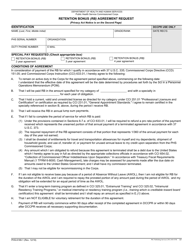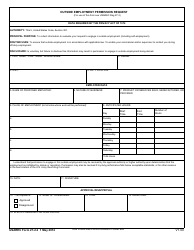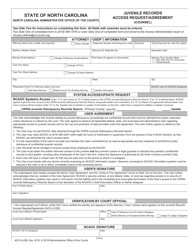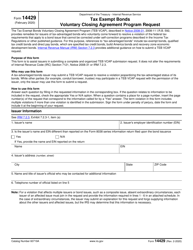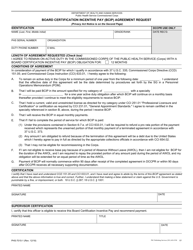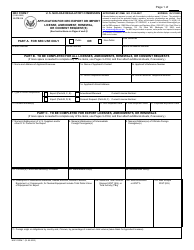Form DHHS4108 Request and Consent for Levonorgestrel Releasing Intrauterine Device - North Carolina
What Is Form DHHS4108?
This is a legal form that was released by the North Carolina Department of Health and Human Services - a government authority operating within North Carolina. As of today, no separate filing guidelines for the form are provided by the issuing department.
FAQ
Q: What is Form DHHS4108?
A: Form DHHS4108 is a document used in North Carolina to request and consent to the use of a levonorgestrel-releasing intrauterine device (IUD) for contraception.
Q: What is a levonorgestrel-releasing intrauterine device?
A: A levonorgestrel-releasing intrauterine device is a type of long-acting reversible contraception (LARC) that is inserted into the uterus to prevent pregnancy. It releases a hormone called levonorgestrel over time.
Q: When is Form DHHS4108 used?
A: Form DHHS4108 is used when a person in North Carolina wants to receive a levonorgestrel-releasing intrauterine device and needs to provide their request and consent for the procedure.
Q: Can anyone get a levonorgestrel-releasing intrauterine device?
A: Levonorgestrel-releasing intrauterine devices are suitable for most women, but it is recommended to consult with a healthcare provider to determine if it is the right contraceptive option for you.
Q: What information is required on Form DHHS4108?
A: Form DHHS4108 typically requires personal information such as name, date of birth, contact details, medical history, and the individual's consent for the insertion of the intrauterine device.
Q: Are there any costs associated with obtaining a levonorgestrel-releasing intrauterine device?
A: The cost of a levonorgestrel-releasing intrauterine device can vary depending on factors such as insurance coverage. It is recommended to check with your healthcare provider or insurance provider for specific cost information.
Q: How long does a levonorgestrel-releasing intrauterine device last?
A: Levonorgestrel-releasing intrauterine devices can last for several years, depending on the specific type. Some can be used up to five years or more before needing to be replaced.
Q: What are the possible side effects of using a levonorgestrel-releasing intrauterine device?
A: Some possible side effects of using a levonorgestrel-releasing intrauterine device include changes in menstrual bleeding patterns, cramping, and mild pain or discomfort. It is important to consult with a healthcare provider for more information.
Q: Can a levonorgestrel-releasing intrauterine device protect against sexually transmitted infections (STIs)?
A: No, a levonorgestrel-releasing intrauterine device does not protect against sexually transmitted infections. It is important to use additional methods of protection, such as condoms, to reduce the risk of STIs.
Form Details:
- Released on May 1, 2017;
- The latest edition provided by the North Carolina Department of Health and Human Services;
- Easy to use and ready to print;
- Quick to customize;
- Compatible with most PDF-viewing applications;
- Fill out the form in our online filing application.
Download a printable version of Form DHHS4108 by clicking the link below or browse more documents and templates provided by the North Carolina Department of Health and Human Services.






